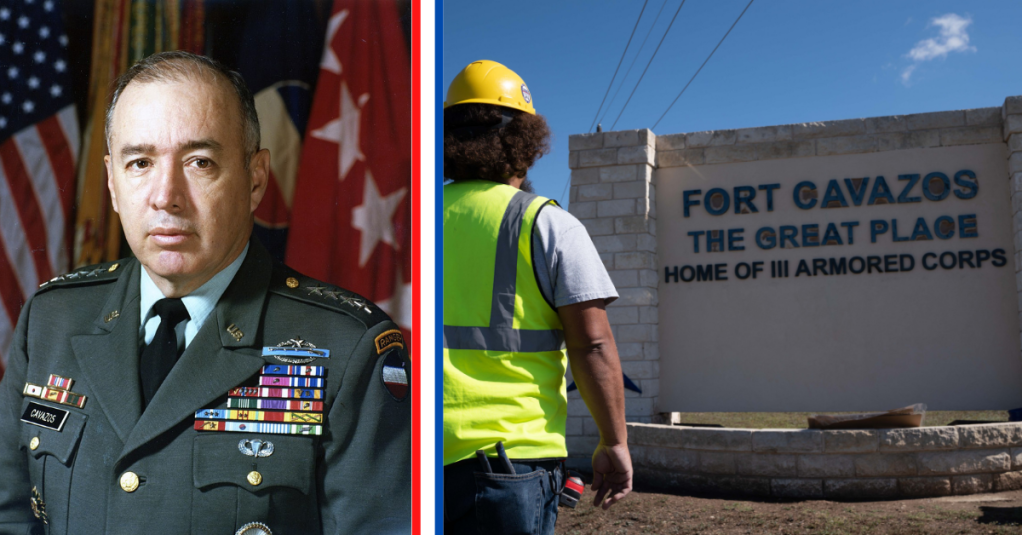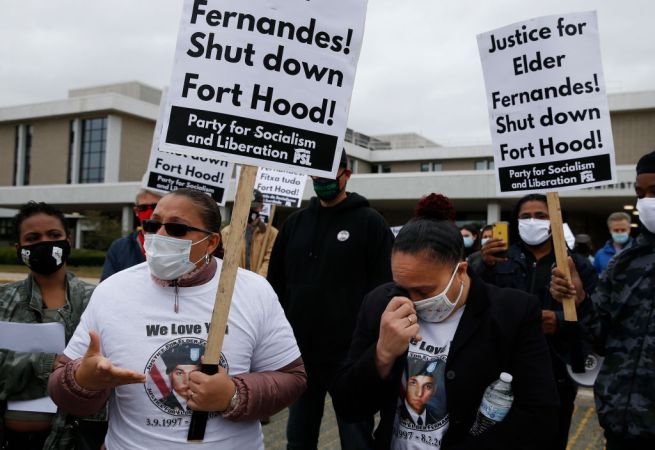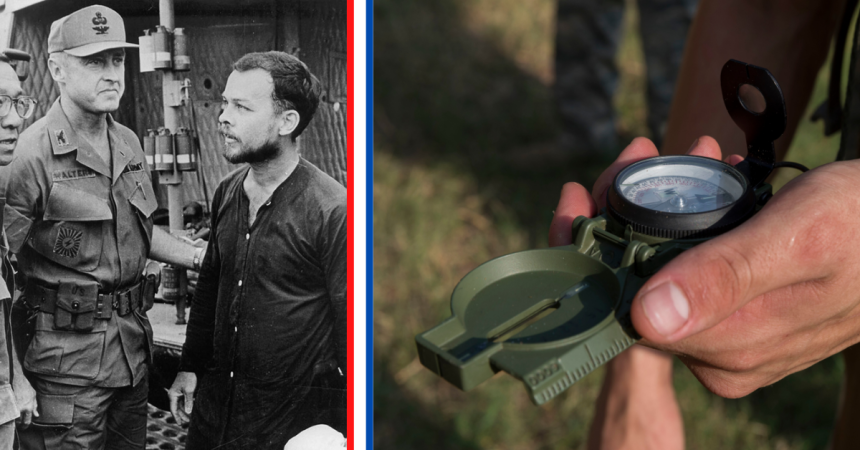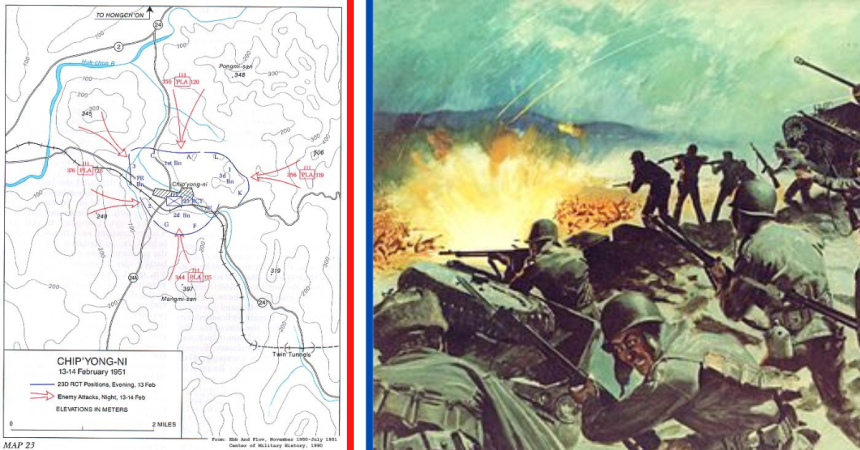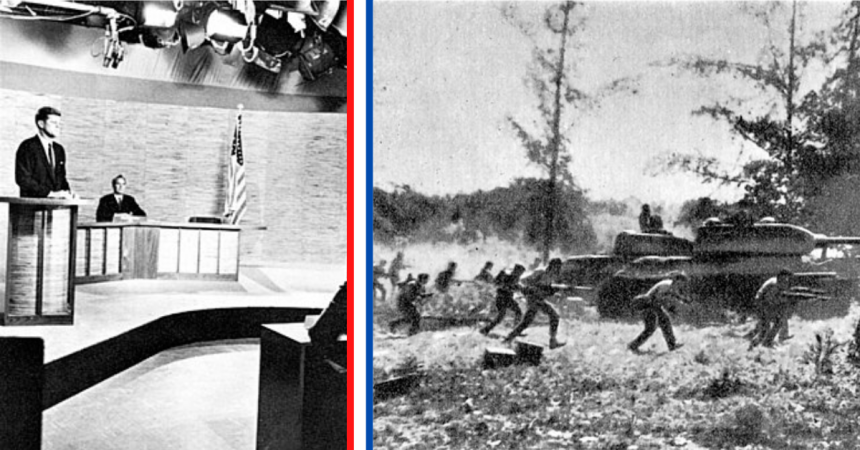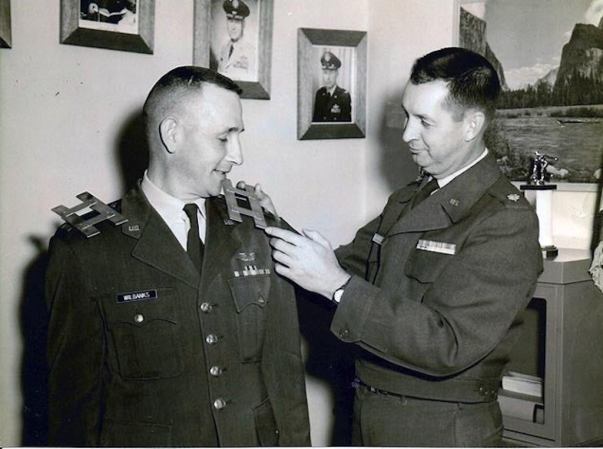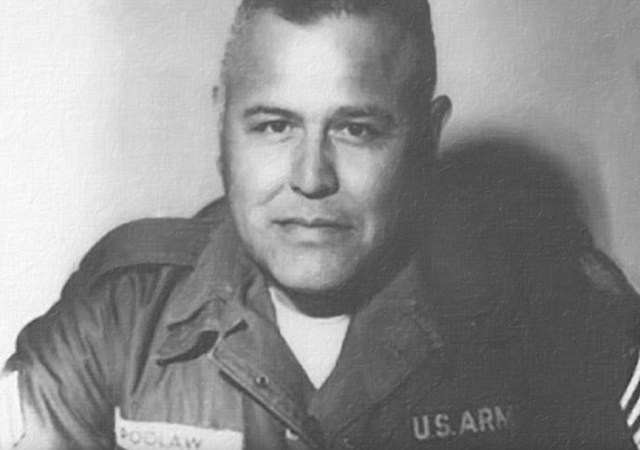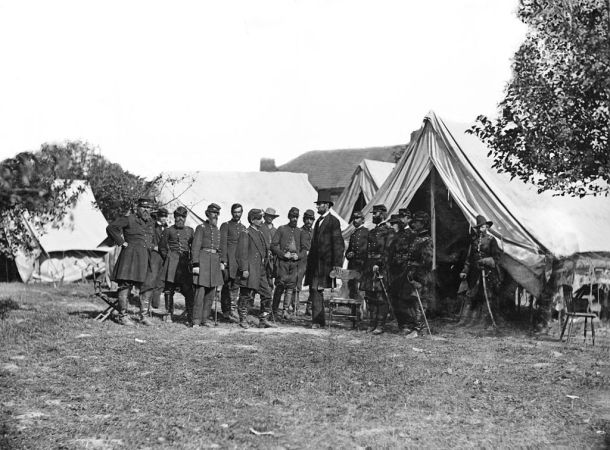Until May 9, 2023, the U.S. Army Fort located halfway between Kileen and Waco, Texas was named for Confederate Gen. John Bell Hood. First founded during World War II to test and train tank destroyers, the installation is now home and headquarters to a number of major U.S. Army combat units.
In May 2022, a special commission for renaming Defense Department assets named for the Confederates recommended renaming Fort Hood. No matter how you feel about the commission or its mission, John Bell Hood wasn’t a great person to name an Army base after. He was best known for losing men, battles, and his own limbs.
The base will be rechristened Fort Cavazos, for U.S. Army Gen. Richard Cavazos, the Army’s fist Hispanic four-star General, Commanding General of the Army’s Forces Command, a Korean War veteran, and recipient of two Distinguished Service Crosses.
General Richard Cavazos died in 2017 from complications due to Alzheimer’s Disease, and was buried with full military honors at Fort Sam Houston National Cemetery in Texas. Before his death, he led one of the Army’s most storied careers.

A Texas native, Cavazos might have been one of the most Texan Texans who ever lived. He grew up playing football and attended what would become Texas Tech, where he continued his football career and became a distinguished graduate of the school’s ROTC program. An injury might have ended his football career in college, but it didn’t end his Army career.
Lt. Gen. Daniel P. Bolger, a contemporary of Cavazos, would later say that Cavazos’ Army career was the epitome of “Army done right.”
Cavazos graduated in 1951 and went directly to basic officer training at Fort Benning, Georgia. From there, he was immediately sent to lead soldiers in the ongoing Korean War. by the time the men of E Company, 2nd Battalion, 65th Infantry Regiment met Cavazos, the 65th Infantry had been in Korea since the start of the war, and was composed of soldiers from Puerto Rico.
He immediately won the hearts and minds of his men for his ability to speak Spanish, their native language, which improved their battlefield effectiveness. In February 1953, E company found itself under attack and outnumbered, but his leadership not only won the day for his unit, Cavazos advanced under heavy enemy fire to capture an enemy soldier, earning him a Silver Star.

A few months later, Cavazos led the company on an assault on Hill 142. During the battle they were forced to defend Outpost Harry, an important defensive position. They were again outnumbered and came under heavy artillery fire, but they managed to hold the outpost for three hours. When they were forced to go back to friendly lines, Cavazos led them in an orderly retreat and, though wounded, repeatedly went back to retrieve wounded and missing soldiers under fire. For these actions, he received the Distinguished Service Cross.
After Korea, he stayed in the Army and found himself in the Vietnam War. By 1967, he was a lieutenant colonel, leading the 1st Battalion, 18th Infantry Regiment. At Loc Ninh, near the Cambodian border, his battalion came under a forceful Viet Cong attack.
The Viet Cong were entrenched on a hill, and began assaulting a company of his men. Rather than stay on defense, Cavazos led his troops in an attack on the Viet Cong, forcing them into their fortifications. He cut off their retreat, pounded them with air strikes and artillery and then led his men into close-quarters combat. They overran the VC unit and assaulted the hilltop. As the insurgents broke and ran, Cavazos and his men destroyed them. His leadership earned him a second Distinguished Service Cross.
By 1976, he was the first “Hispanic officer to be promoted to a General’s rank, and six years later became the first to be promoted to four-star General. He retired in 1984.

